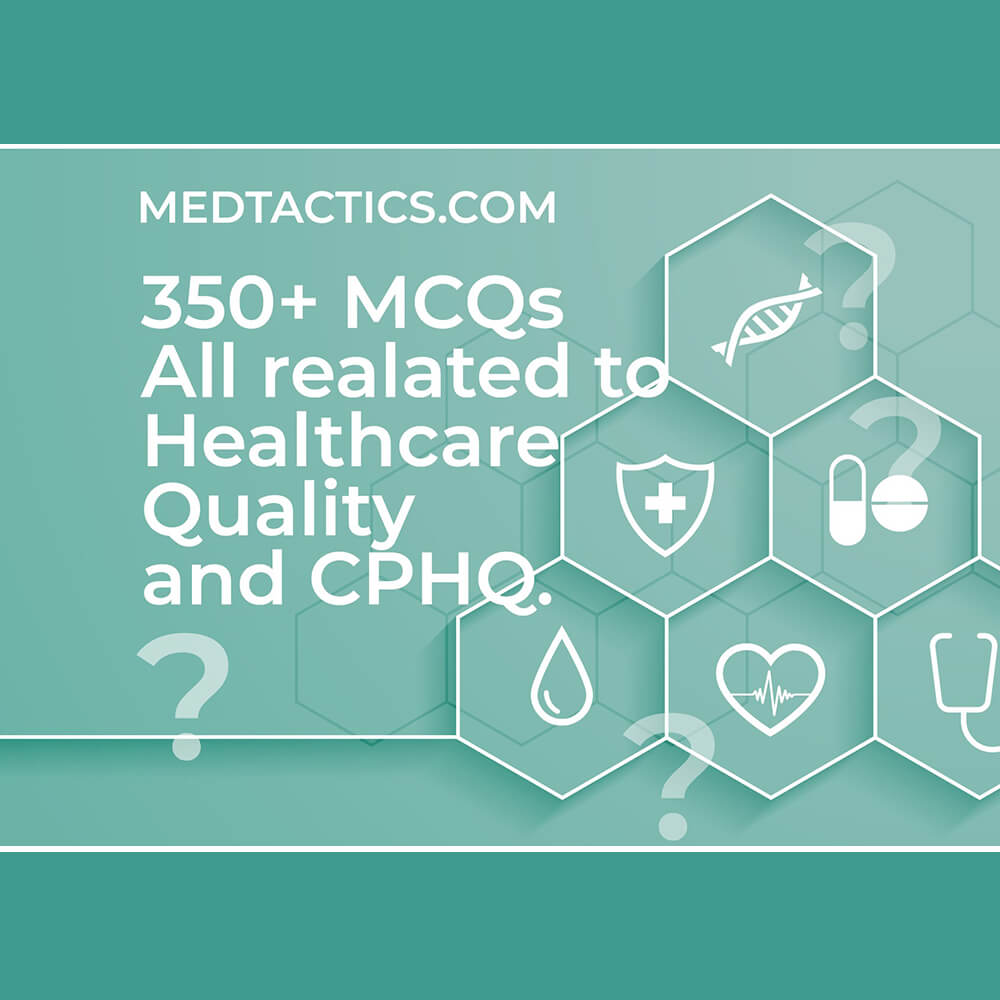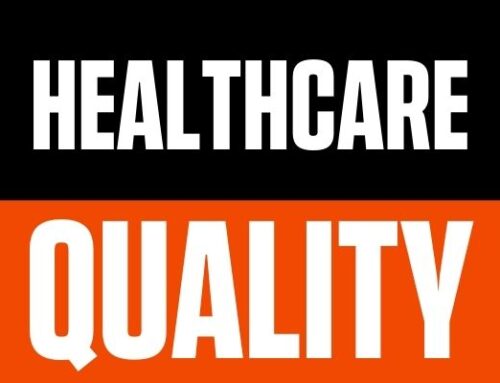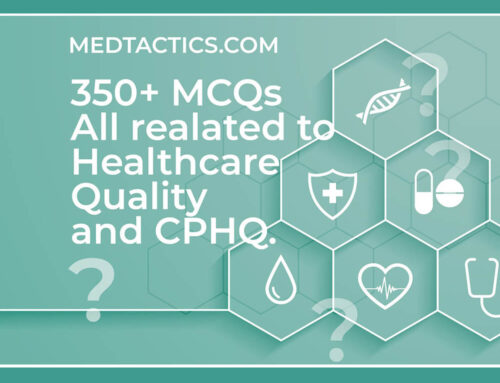Correct answer is B.
A. 0.05 is the highest given P value. The P value is a probability, with a value ranging from zero to one. A p-value is a measure of how much evidence we have against the null hypothesis.
The null hypothesis, traditionally represented by the symbol Ho, represents the hypothesis of no change or no effect. The smaller the p-value, the more evidence we have against Ho. It is also a measure of how likely we are to get a certain sample result or a result “more extreme,” assuming Ho is true. The type of hypothesis (right tailed, left tailed or two tailed) will determine what “more extreme” means.
Much research involves making a hypothesis and then collecting data to test that hypothesis. In particular, researchers will set up a null hypothesis, a hypothesis that presumes no change or no effect of a treatment. Then these researches will collect data and measure the consistency of this data with the null hypothesis.
The p- value measures consistency by calculating the probability of observing the results from your sample of data or a sample with results more extreme, assuming the null hypothesis is true. The smaller the p-value, the greater the inconsistency. Traditionally, researches will reject a hypothesis if the p-value is less than 0.05. Sometimes, though, researches will use a stricter cut-off (e.g. 0.01) or a more liberal cut-off (e.g. 0.10).
The general rule is that a small p-value is evidence against the null hypothesis while a large p-value means little or no evidence against the null hypothesis. A large p-value should not automatically be construed as evidence in support of the null hypothesis.
Perhaps the failure to reject the null hypothesis was caused by an inadequate sample size. When one see a large p-value in a research study, one should also look for one of two things:
1- A power calculation that confirms that the sample size in that study was adequate for detecting a clinically relevant difference; and/or
2- A confidence interval that lies entirely within the range of clinical indifference.
Caution should be taken about a small p-value, but for different reasons. In some situations, the sample size is so large that even differences that are trivial from a medical perspective can still achieve statistical significance.
As a medical expert, it is needed to balance the cost and side effects of a treatment against the benefits that the therapy provides. The authors of a research paper should state information on what size difference is clinically relevant and what sized difference is trivial.
But if they don’t, one should ask how much of a difference would be large enough to change practice then one should compare this to the confidence interval in the research paper. If both limits of the confidence interval are smaller than a clinically relevant difference, then one should not change this particular practice, no matter what the p-value tells.
The p-value should not interpreted as the probability that the null hypothesis is true. Such an interpretation is problematic because a hypothesis is not a random event that can have a probability.
B. Correlation is a statistical technique that can show whether and how strongly pairs of variables are related. For example, height and weight are related; taller people tend to be heavier than shorter people. The relationship isn’t perfect.
People of the same height vary in weight, and one can easily think of two people where the shorter one is heavier than the taller one. The main result of a correlation is called the correlation coefficient (or “r”).
It ranges from -1.0 to +1.0. The closer r is to +1 or -1, the more closely the two variables are related. If r is close to 0, it means there is no relationship between the variables. If r is positive, it means that as one variable gets larger the other gets larger. If r is negative, it means that as one gets larger, the other gets smaller (often called an “inverse” correlation).
Correlation (often measured as a correlation coefficient) indicates the strength and direction of a linear relationship between two random variables. That is in contrast with the usage of the term in colloquial speech, denoting any relationship, not necessarily linear.
In general statistical usage, correlation refers to the departure of two random variables from independence. In this board sense there are several coefficients, measuring the degree of correlation, adapted to the nature of the data.
The correlation coefficient a concept from statistics is a measure of how well trends in the predicted values follow trends in past actual values. It is a measure of how well the predicted values from a forecast model fit with the real-life data. The correlation coefficient is 0.70.
C. A correlation coefficient is a number between -1 and 1 which measures the degree to which two variables are linearly related.
If there is perfect linear relationship with positive slope between the two variables, we have a correlation coefficient of 1; if there is positive correlation, whenever one variable has a high (low) value, so does the other.
If there is a perfect linear relationship with negative slope between the two variables, we have a correlation coefficient of -1; if there is negative correlation, whenever one variable has a high (low) value, the other has a low (high) value. A correlation coefficient of 0 means that there is no linear relationship between the variables.
D. While correlation coefficients are normally reported as r= (a value between -1 and +1), squaring them makes then easier to understand.
The square of the coefficient (or r square) called the coefficient of determination is equal to the percent of the variation in one variable that is related to the variation in the other.
After squaring r, ignore the decimal point. An r of 0.49 means 49% of the variation is related (0.7 squared =0.49). An r value of 0.7 means 49% of the variance is related (0.7 squared =0.49).
Introduction: Patient satisfaction is a critical component of the healthcare experience
Healthcare is constantly evolving and patients are now more involved in their own care than ever before. It is important for healthcare providers to focus on patient satisfaction as a critical component of the overall healthcare experience. Patient satisfaction can be defined as the extent to which a patient is pleased with the services received from a provider. Satisfied patients are more likely to recommend a provider to others, return for additional care, and provide positive feedback. Healthcare providers should aim to achieve high levels of patient satisfaction by providing quality care and creating a positive environment.
The relationship between hours per patient day and patient satisfaction.
In recent years, the relationship between patient satisfaction and the number of hours per patient day has been a topic of much debate in the medical community. Some experts believe that there is a direct correlation between the number of hours per patient day and patient satisfaction, while others claim that this is not always the case. In order to better understand this relationship, a study was conducted in which patient satisfaction was measured based on the number of hours per patient day. The results of this study showed that there is a significant positive correlation between the two variables. This means that as the number of hours per patient day decreases, patient satisfaction also decreases.
Patient satisfaction is an important measure of healthcare quality and patient outcomes. Satisfaction surveys are used to identify problems and improve patient care. Surveys can be conducted by patients, families, or healthcare providers. Healthcare organizations can also measure satisfaction themselves through surveys or focus groups with patients. There are a number of factors that affect patient satisfaction, including hours per patient day.
Studies have found that shorter hours per day result in higher levels of satisfaction for patients. This is likely because shorter hours allow more time for interactions with the healthcare provider and provide a sense of continuity of care.




Leave A Comment